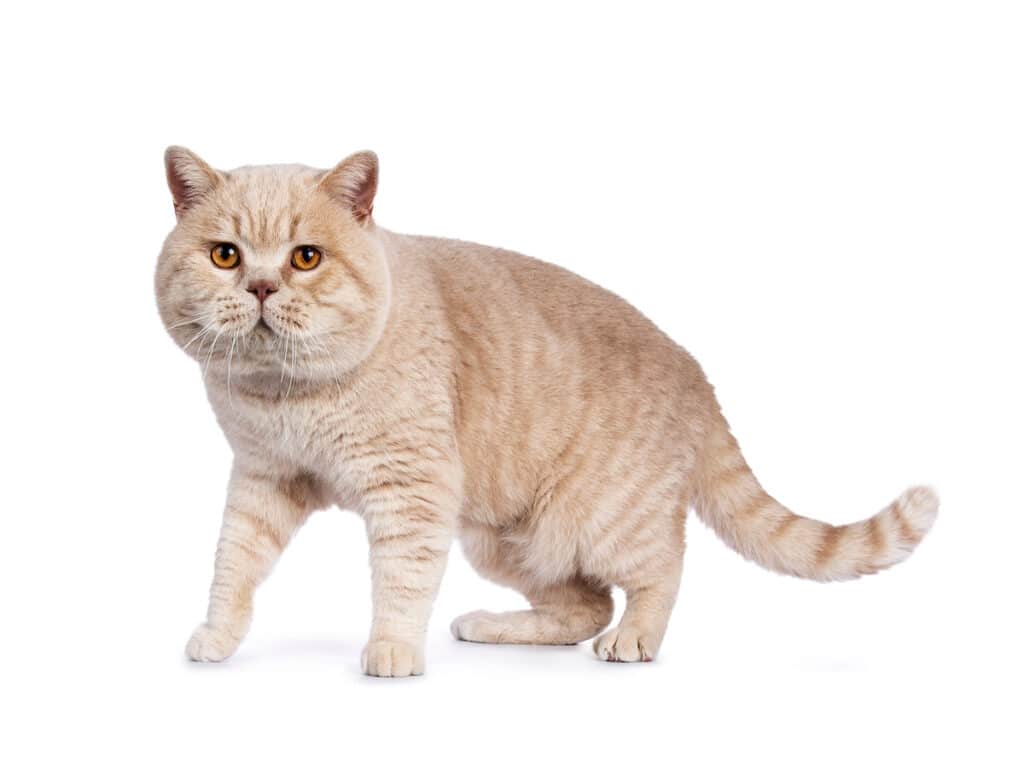There are a few typical causes of limping in cats, even though you might never know what went wrong to cause it. If your cat is limping, you have a few options to remedy the situation.
Jumping from heights can make your cat limp.
Because our cats are innately curious, be careful around open windows. They might fall or jump from an open window, getting hurt or worse. To stop your cat from pushing window screens out, make sure they are securely fastened or have an additional guard or grate installed. Never leave windows open when you’re not home, and if you do, keep an eye on children’s behavior. Many cats enjoy exploring high vantage points in our homes. Particularly in older and smaller cats, jumping from a tall dresser or shelf can cause injuries and limping in cats.
Limping can also be brought on by other orthopedic conditions, such as a patellar luxation or an out-of-place kneecap. If this is the cause, your cat can be examined by one of our specialists or by your veterinarian.
Arthritis can also cause cats to limp.
Your pet may be getting older and experiencing arthritis joint pain if they start to limp, walk differently, are stiff, or have trouble jumping or climbing. Have your cat’s limp examined by a veterinarian if other pain symptoms or the limp do not go away in 24 hours to prevent further, long-term harm.
Your cat’s limping could be caused by cardiovascular disease.
It might surprise you to learn that cats with cardiovascular (heart) disease can also experience problems with their hind legs. Cats who have the heart condition known as hypertrophic cardiomyopathy may experience hind leg weakness. Catastrophic aortic thromboembolism, which is caused by the thickening of the heart muscle, can result in blood clots that cut off the blood supply to the hind legs. There might also be additional heart issues.
After a thorough examination, our cardiologist can assist you in understanding what is occurring to your cat. If your cat is immobile, dragging one or both hind legs, or is vocalizing and expressing pain, please bring your cat in right away or call and ask for an urgent appointment. Keep in mind that additional body parts, including other limbs, may also be impacted.
Neurological conditions might be why your cat is limping.
Your vet will take possible neurological problems into consideration if your cat limps and there are no obvious orthopedic, soft tissue, cardiac, or other disease indications. In the same way that older humans (typically nine or more years old) can suffer neurological injuries that can impair movement, such as strokes or compression on the spinal cord (intervertebral disc disease, or IVDD, which happens when the cushioning discs between the vertebrae of the spinal column harden), older cats can also experience these injuries.
ACL tears can cause your cat to limp.
Just like ACL tears in dogs and people, cats can also experience ACL injuries. Cat ACL tears can result from jumping or falling from high perches and may be more common in overweight cats.
NOTE: Do not give your pet human pain medication unless specifically prescribed by your veterinarian. Human medications may be toxic to pets, causing internal injury or worse.
Treating a limping cat
Your cat’s treatment plan will be explained by your veterinarian, who will also communicate with your family veterinarian to make sure they are aware of your cat’s medical condition, depending on the severity of that condition.














